Until today I had never seen a Fork-tailed Flycatcher. It seems somehow fitting that a mere week after 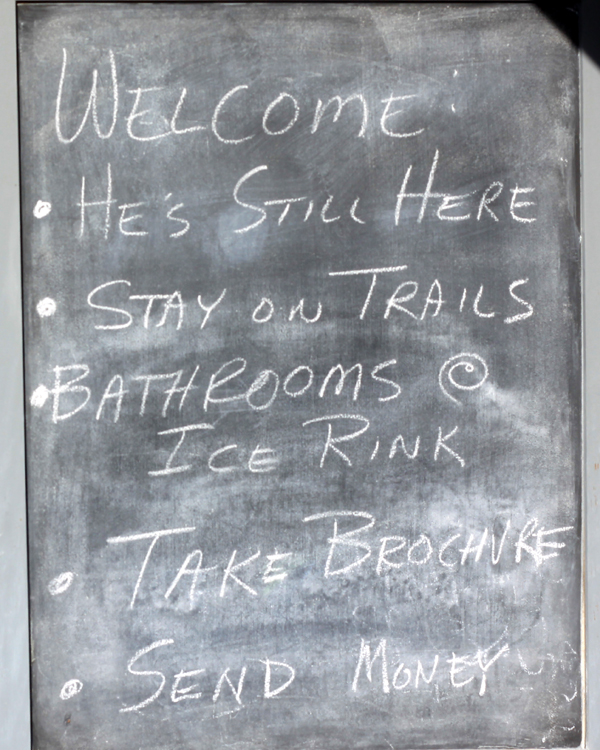 returning from my first visit to South America that a South American species of flycatcher should cross my field of view in the northeastern United States, because, well, that seems to be how things work. Tyrannus savana is one heck of a species of flycatcher to see, and when Seth let me know that he and Shane would be chasing the one in Stamford, Connecticut, today I jumped at the chance. After all, it is not every day that a life bird, especially one as cool as a Fork-tailed Flycatcher, is there for the taking.
returning from my first visit to South America that a South American species of flycatcher should cross my field of view in the northeastern United States, because, well, that seems to be how things work. Tyrannus savana is one heck of a species of flycatcher to see, and when Seth let me know that he and Shane would be chasing the one in Stamford, Connecticut, today I jumped at the chance. After all, it is not every day that a life bird, especially one as cool as a Fork-tailed Flycatcher, is there for the taking.
Cove Island Park is a quick shot up I-95 from New York City, and we were there almost before we realized we had left New York City. En route we had already received word that the bird had been seen for the third consecutive day and none of us could wait to get our lifer. 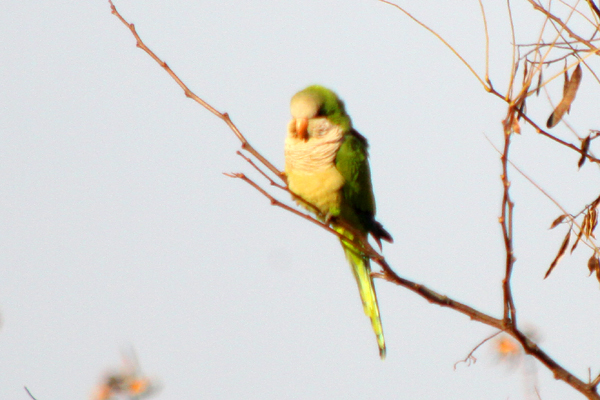 Fortunately, the flycatcher was hanging out only about thirty seconds from the parking lot and there were plenty of birders with scopes and cameras showing the way. What a bird!
Fortunately, the flycatcher was hanging out only about thirty seconds from the parking lot and there were plenty of birders with scopes and cameras showing the way. What a bird!
It was also pretty amusing that the flycatcher wasn’t even the only bird from South America frequenting the park. A flock of Monk Parakeets gave themselves away with their raucous squawking were generally entertaining. Everyone’s optics, however, remained on the Fork-tailed Flycatcher. And can you blame them?
What a great way to start a day’s birding and what a great bird to see at all! It didn’t hurt that it moved my ABA list up to 447 either, putting me, I believe, two ahead of Mike.
….

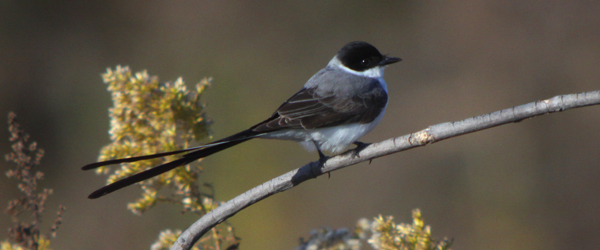
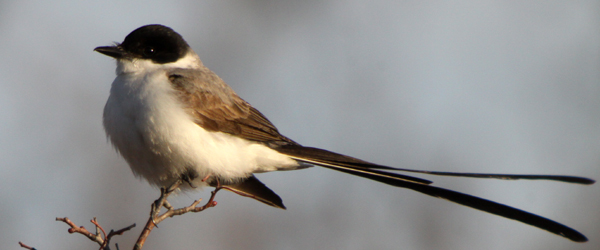
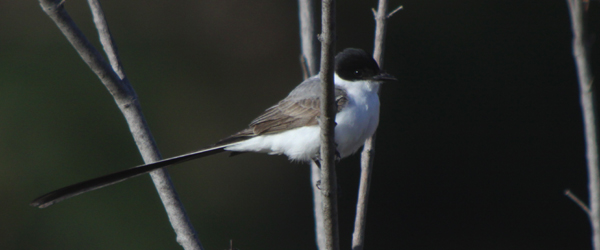










One word – SWEET!
That’s cold, Corey, especially when you flaunt fork-tailed photos like those!
Very nice shots, Corey.
@Christopher: Thanks!
@Mike: I know. They don’t call me “Cutlass” for nothing!
@Lloyd: Thanks, but, really, I can’t compete with this shot of yours.
I one upped Corey. Not only did I get the Fork Tailed Flycatcher with the 10,000 Bird Quiz Master… We also got the Common Ground Dove on Long Island.
2 Lifers in one day….
While I’m glad you got both birds, Will, that ground-dove is old news. 🙂
Cool bird, we need one here. Nice shots.
Wonderful! Too bad we just left CT 🙁
Nice photos man!
@ Corey… Yes, but you didn’t have them on the same day!
I am glad you got the bird…but I have to say, the board advising birders to stay on the trail doesn’t have the same zing as those in Ecuador warning not only to stay on the trails, but to WATCH OUT FOR SNAKES!!!
And apparently photographers don’t need to follow the rules. We watched one guy simply just cut straight across to the bird. I also saw a post on NYS birds that implied that photographers were “doing their thing”.
Well, it’s essentially a grey, white and black bird, right?
I really don’t know where the big deal is…
😉
I dunno Corey. I’m just going to believe it’s a late Eastern Kingbird with pipe cleaners glued to its tail until I see evidence to the contrary.
It makes the pain easier to deal with.
@Jean: This is why signs warning of poison ivy and ticks are more effective for keeping people on trails than signs that say “Please stay on the trail.”
@Will: We saw the same thing, with several photographers (and a couple birders) thinking that their needs outweighed that of the habitat.
@Jochen: 🙂
@Nate: Someday, you too will get a Fork-tailed Flycatcher.
Are we going to be reading about Ecuador on every 10,000 bird post from now on? I like reading about birds when it is written in the spirit of journalism. Sticking it into every post and comment?
@B. Miller: We have an every-other-week beat writer, Renato, who writes on Ecuador every other Saturday (he has written two posts now). I just traveled to Ecuador and will be writing extensively about my trip there (of course).
Of the last ten posts on the blog as of my writing this comment only two mention Ecuador. I hope you can find something to entertain you in the other 80% if you don’t want to read about Ecuador.
@B.Miller, you have to understand that Corey and Jean just returned from a trip to Ecuador. Also, Renato, one of our esteemed Beat Writers, lives in Ecuador and I spent four unforgettable days there in 2010. Ecuador is certainly near and dear to our hearts, as I’m sure anyone who has birded there can attest. But rest assured, no single country, even the United States, can contain our birding breadth.
Awesome! Nice capture. What is the furthest north that the fork-tailed has been seen? I remember hearing about them in Florida, but never this far up!
I believe there’s a record from the Canadian province of Nunavut which may be the furthest north.
Those flycatchers sure get around.
Gorgeous, gorgeous bird!
@Nate: I am not sure Nunavut is technically a province but rather a territory. Look, we gotta be precise here or someone from Arctic Bay, yes you know who, will stop sending us Ivory Gulls.
@Jochen- My mistake. Do forgive me, Clare!
Panic on the side of the big year birders!!!! Chris and Bob changed their plan one more time to tick the flycatcher. As their big year ends, it is more and more about twitching for rarities, which leads to some crazy, crazy travelling!!!! Last posts titles included “going home, but not directly”, and “Even I don’t believe what I did during the last 48 hours”.
Bob’s ABA big year (718 so far)
http://bobsbirds.blogspot.com/
Chris’Lower 48 big year (691 so far)
http://slowbirding.blogspot.com/